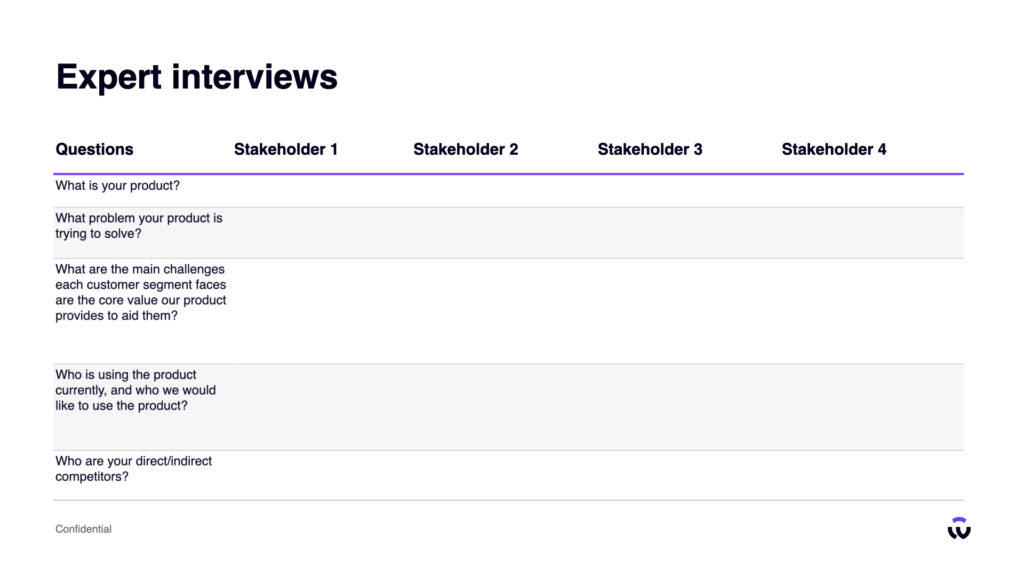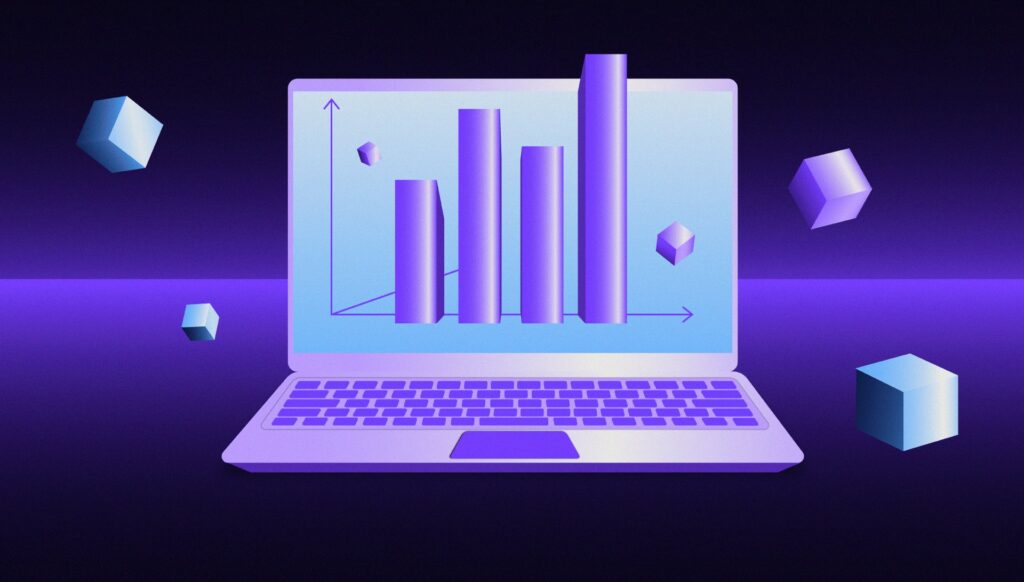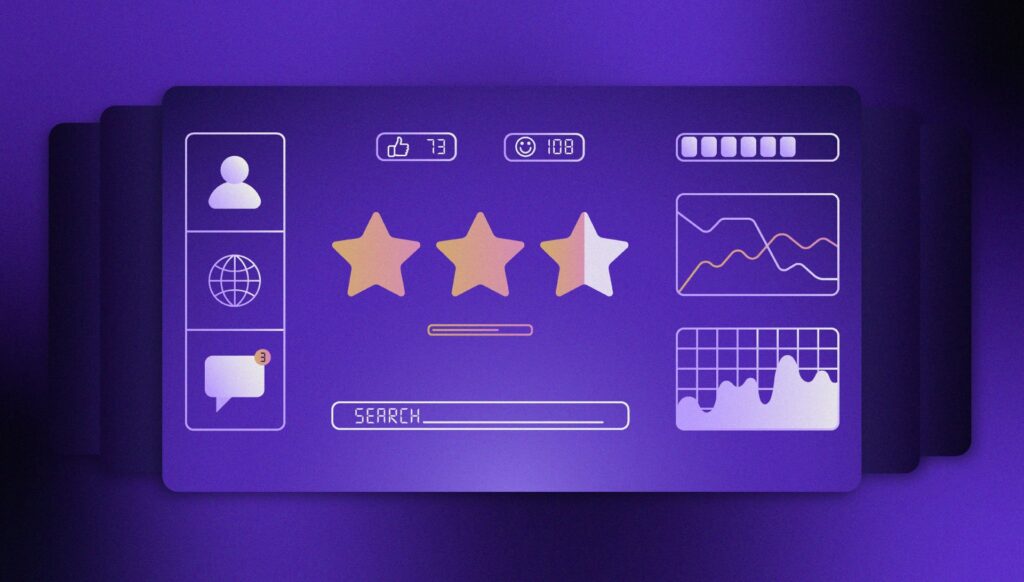Expert Interviews: The Windmill Guide to Design Thinking
- UX & Design
Every designer understands that research is a critical component in a successful product design. Expert interviews are an integral element of research. Talking to experts at the early stages of a project’s life cycle is a more efficient and concentrated method of data collection than, say, participatory observation or systematic quantitative surveys.
It is an excellent source of ‘inside’ information for startups, their products, and their target markets. Gathering information from experts with extensive experience in your field of interest gives your products a competitive advantage that is critical to their success.
What are Expert Interviews in Design Thinking?
In Design Thinking, the first step in the design process is Empathize, which is the gathering of information to understand your user.
This data-gathering is crucial to problem-solving and a human-centered design process that enables designers to discard assumptions and gain real insight into users and their needs.
Interviewing subject matter experts (SMEs) is one of the most credible ways to gain valuable perspective in data collection. An expert interview is usually a one-on-one conversation with someone who has extensive experience and knowledge in a specific field or subject matter.
Expert interviews typically involve consulting specialists to find out more about the area(s) of concern and conduct observations to aid in engaging and empathizing with your users.
Why should a company conduct Expert Interviews?
Your company needs to carry out expert interviews for several important reasons. They are:
- Expert interviews give designers an authoritative source of data, bringing real-world perspectives and technical advice that are hard to find elsewhere.
- It may be useful to speak with some experts in the field to better understand the problems you are facing, especially if they are complex, differentiated, and unique-to-your-field problems.
- Expert interviews can help to shorten time-consuming data collection processes, especially if the experts are seen as rich sources of practical insider knowledge and are interviewed as representatives of a larger circle of users.
- They recognize and dispel false assumptions and assist in forming ideas.
- By giving you information gathered through years of experience, the knowledge makes you a mini-expert in that field.
- Expert interviews are also useful in situations where gaining access to a particular social field may be difficult or impossible. For instance, with sensitive topics.
- It gives timely and unproblematic access to objective data.
When should Expert Interviews be conducted?
Expert Interviews should be used when working on complex issues that require context knowledge. The expert interview should take place at the beginning of your research process, or at the end, to sum up, and corroborate research findings.

How to use the template
You’ve already downloaded the template. But before you start, let’s bring clarity on the use of the template.
The expert interview template is a Design Thinking tool modeled to help you better understand the right problems to solve during your interview session with the stakeholder(s). It marks the beginning of your product and user empathy journey. But how do we put the template to use?
Getting ready to use the template and conduct an Expert Interview
The template is a Design Thinking tool that can be used by up to four stakeholders. This is because multiple expert interviews provide a more accurate form of diverse data. Before getting to the questions, make sure you and your interview subjects are prepared.
- Provide the experts with context around the why and what of the interview session and how long they can expect it to last.
- Be focused—listen carefully, check you’ve understood their meaning, ask follow-up questions, and take notes. Ideally, the session will be recorded, but ask for permission first.
The template includes five questions that will get to the heart of the task.
1. What is your product?
This question seeks to uncover what products the product is and what it offers. Stakeholders should shed light on product portfolio services, such as definitions and classifications. You can also try to determine which products are the most and least popular.
2. What problem is your product trying to solve?
With this question, you’re attempting to elicit the basic, underlying characteristics that shape the product/service from the stakeholder.
What was the issue they were trying to solve by attempting to launch the product? What problem are they attempting to solve with their product? What were the success metrics for measuring how their products addressed the problem?
3. What are the main challenges each customer segment faces? What are the core values our product provides to aid them?
This question focuses on your product/target service’s customer segments. The goal is to identify market segments. Is the value you’re providing in line with the criteria that customers look for in products like yours? Who are the target market’s most common customers? (Age, gender, characteristics, and so on.) What method do you use to keep track of your customers.
What are the key customer pain points for each segment? Which do they prioritize (based on the solution they could provide through their product)? Which of the customer’s pain points are addressed by the products? How much does a typical customer spend on your product?
4. Who is using the product currently? Who would we like to use the product?
The stakeholder is addressing market size and market growth trends. Find out which segment of society is using the product. Are they part of the target group? If not, why are they attracted to the product? Is the target group for the product using the product? Who are the primary and secondary target groups who should be using the product? How do we expand our target market? What are the underlying drivers and inhibitors of growth for the target market?
5. Who are your direct/indirect competitors?
This question should address major competitors. Who else is providing the same value to our target customers that we are? Where else can your target market find the value that your products provide? Where do they get their products? Are they your direct or indirect rivals? How much of an impact do they have on our market share?
Conclusion
It’s critical to prepare ahead of time when conducting expert interviews, which is why we’ve created a template to make things easier. However, even if you have prepared questions, don’t pass up the opportunity to ask follow-up questions if they provide more clarity and new insight. That being said, keep a close eye on the time.
Remember to pay close attention so you don’t miss anything important.
Learn what an expert interview is and how it differs from a user interview. If possible, arrange for a follow-up if you have additional questions for the expert.
After the interview, sit down and compile your feedback. Consider what stood out for you. What did you discover that you were previously unaware of? How can you apply the findings to the problem(s) at hand? Do you need to conduct additional tests and research? These questions will allow you to take the next step in your design process.
We’ve tried to make it as easy as possible for your team to benefit from the expert interview template. But nothing beats the guidance that an experienced design team can offer, so get in touch today to find out how Windmill can help your business clarify its data-gathering, expert interviews, and other key strategic pillars.


